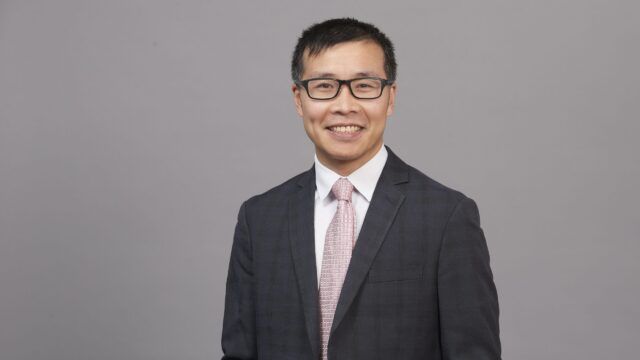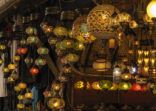When it comes to duration, the sweet spot at the moment is somewhere towards the middle of the curve, according to Lyndon Man, co-head of global investment grade at Invesco.
“The long end of the curve is unattractive compared to the short end. But the short end of the curve is highly volatile,” he said.
“Five-year US rates are currently 4%, 4.5%. From an income perspective, in risk free, that to me is quite attractive. When you layer on credit spreads, in terms of looking at IG corporates, of about 1.5%, you’re getting 6% over five years and that to me as a fixed income investor is quite solid income.”
Man’s comments come as debate continues to rage among investment managers about the merits of adding duration. Some investors point to the backdrop of a maturing interest rate cycle in the US as evidence that now is the time to start adding duration to portfolios.
However, recent macro data has been less favourable, negating the possibility of a soft landing and therefore making the case for duration less appealing.
Overall, Man characterises the environment as one where the global economy is heading towards a contraction, which explains his preference for high-quality investment grade over high yield, notwithstanding the latter’s stronger performance year-to-date.
“High yield should benefit from some characteristics of duration but largely it’s a growth sensitive product and a rate-sensitive asset class and in an environment where growth is expected to weaken should see widening of spreads and underperform against more duration-sensitive assets,” he said.
He also notes that IG spreads are currently more than factoring in the risk of recession, which is not the case with high yield.
“If you look at US IG spreads, the current level of spreads is suggesting you are probably averaging about 7.5% in terms of default over the next five years. Historically, the worst period in the GFC has been 2.5%,” he said.
“In contrast, spreads in the high yield market are probably implying something in the region of 20-25%, whereas the worst case in terms of historical defaults has probably been close to 30%, 35%.”
Within high yield, he sees pockets of opportunity, particularly the rising stars as well as financials, especially bonds that are lower down the capital structure like AT1s or contingent convertible bonds.
“We think as a sector financial balance sheets are pretty firm, pretty robust. You can look at it from a level of capitalisation, which compared to the global financial crisis, their core equity Tier 1 ratios have gone up from on average 5% to now about 14%. So, there’s still a buffer in order for these types of securities to be eroded before they get challenged,” he said.
Man also notes that there is a divergence in monetary response across different regions, which presents different opportunities in different parts of the globe.
He favours Europe over the US, pointing to the fact that the former is earlier on in its economic cycle than the US.
“If you were an equity investor, certainly the US market looks in our view, the fundamentals look attractive compared to Europe because in the US you’ve seen growth and the Fed may be pivoting earlier compared to Europe. But I’m a bond investor,” he said.
“Typically, if I were to look at the cycle, Europe, I would characterise as more early on in terms of the credit cycle. What this means is if it’s early on in the cycle, it’s quite bondholder friendly typically, which is actually conducive to fixed income or duration-sensitive investments compared to the US, which is more late cycle, which is more shareholder friendly in terms of their attitude.”
















